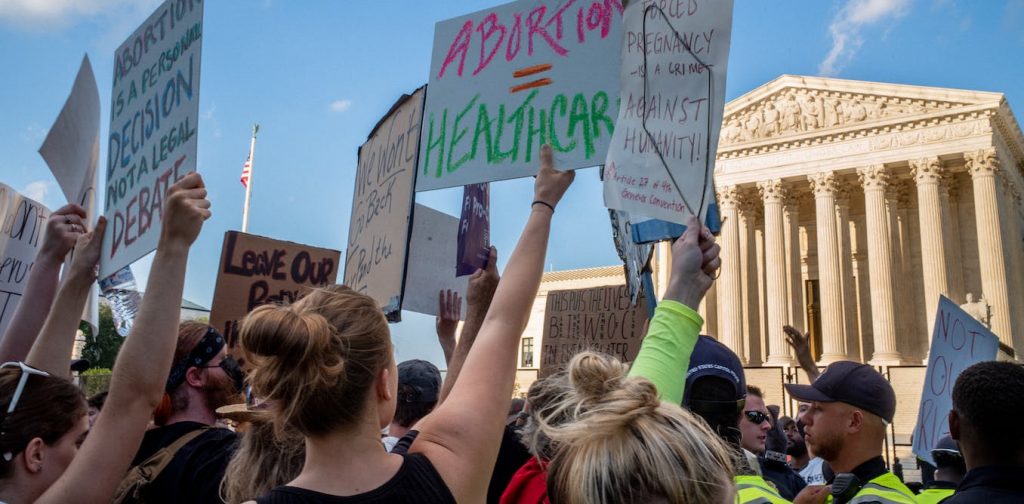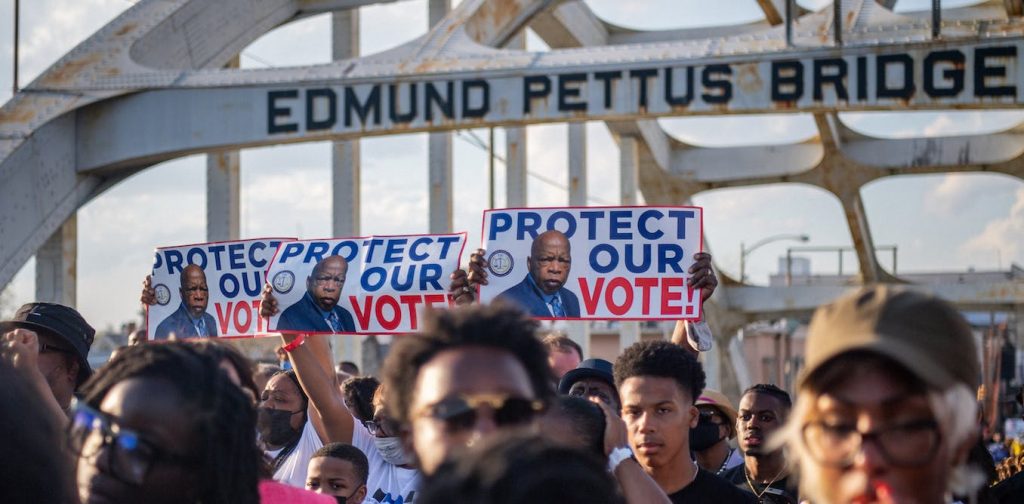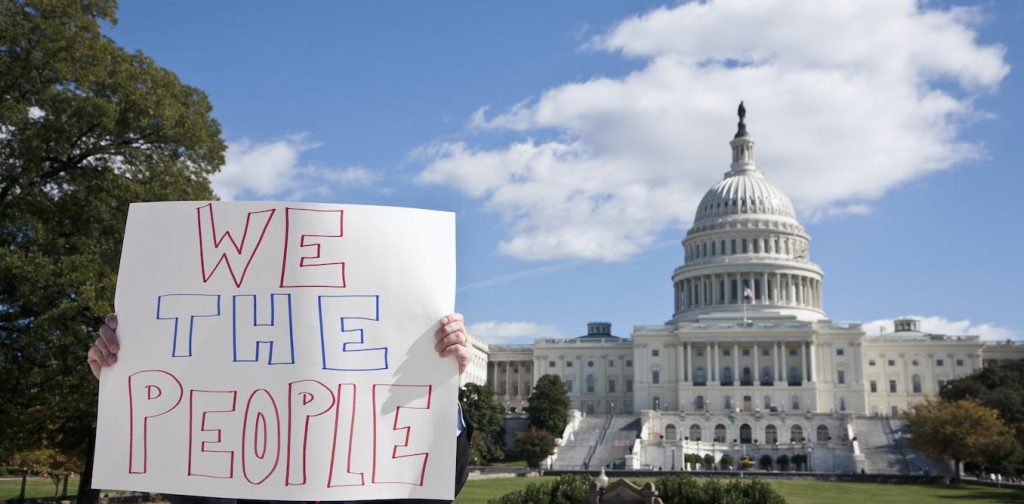Ohio voters kept it easy to pass a constitutional amendment protecting abortion − but also for the majority to someday limit other rights
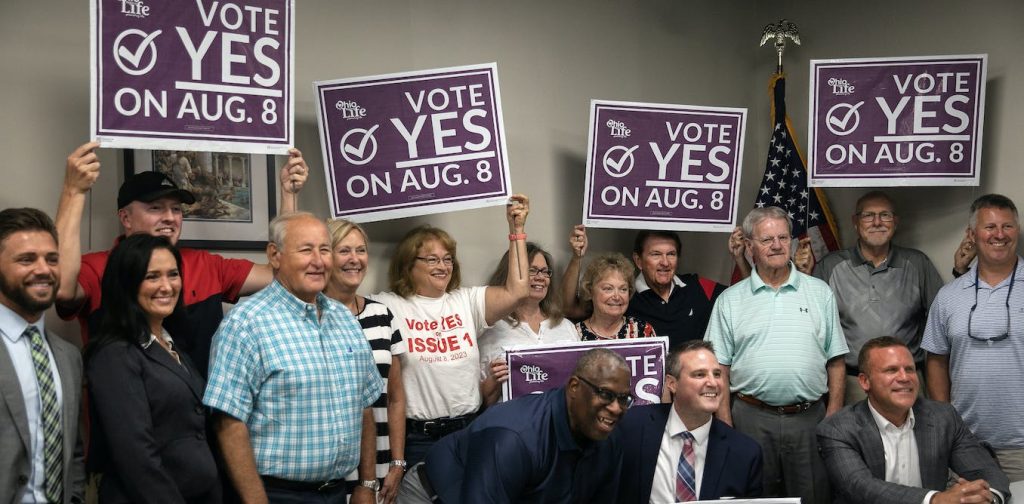

Issue 1 on the Ohio ballot, which aimed to raise the threshold to change the state constitution from a simple majority – 50% of voters plus one – to 60%, got enormous national attention for a state ballot measure in an off-year special election.
No doubt this was because it was linked to the current state battles over abortion rights following the demise of Roe v. Wade. Both advocates and opponents saw the voting threshold change as potentially critical to the fate of an Ohio abortion rights measure already slated to be on the ballot in November 2023. On Aug. 8, 2023, Ohio voters soundly rejected Issue 1.
Media coverage about Issue 1 commonly framed it as an effort by abortion opponents to obtain a short-term victory by making it much harder to pass the November abortion rights measure. The timing of the measure, and the lack of a link to current efforts to reform direct democracy, make such claims plausible.
But as scholars of direct democracy, we believe Issue 1 wasn’t simply, or only, about abortion rights.
It provided an answer to the broader questions about what belongs in a state constitution and how and what protections should be available for members of minority groups in a democracy.
Ballot initiatives have historically been used to attack those rights. We believe that creating higher voting thresholds for constitutional change makes state constitutions harder to amend – and protects the minority from the majority.
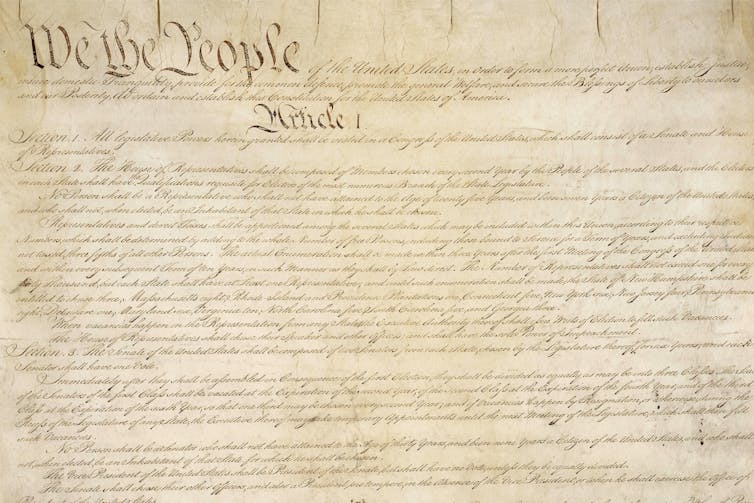 It’s not so easy to amend this document, the U.S. Constitution, but it may be too easy to amend state constitutions. National Archives via AP
It’s not so easy to amend this document, the U.S. Constitution, but it may be too easy to amend state constitutions. National Archives via AP
Constitutions and how they can be amended
Like the U.S. Constitution, state constitutions are foundational documents. They set out broad, general guidelines for state government, such as the powers of different branches – legislative, executive and judicial – and the rights of citizens.
Regular laws, or statutes, must conform to state constitutions. State constitutions also contain specific rules for how they can be amended. Some, but not all, states allow amendments though ballot measures.
To understand what’s at stake with measures like Issue 1, which aim to change the level of voter support needed to amend a constitution, here are some terms you need to understand:
Ballot initiative – A process by which voters can, with sufficient signatures, place changes to the state constitution, regular laws or both on the ballot. Currently 24 states allow for some type of voter initiative. The U.S. Constitution does not allow for constitutional amendment initiatives at the national level.
Initiative constitutional amendment – A process by which voters can place a change to the state constitution on the ballot. Currently 17 states, including Ohio, allow for initiative constitutional amendments.
Initiative statutes – A process by which voters can place a change to regular state laws, such as a criminal justice law, on the ballot. Currently 21 states, including Ohio, allow for initiative statutes.
The normal process of amending the U.S. Constitution is exceptionally difficult – perhaps too difficult – requiring two-thirds of legislators in both houses of Congress to approve a proposal; the proposal must also receive majority backing from three-fourths of state legislatures.
While the process to amend state constitutions is not as difficult, it is still challenging, especially if a proposal originates within the legislature.
States generally require more than a simple majority in a single legislative session for legislatively originated constitutional amendments. Almost all states also require subsequent voter approval of amendments backed by the legislature.
Yet, Ohio and some other states, including California and Colorado, place much lower barriers on initiative constitutional amendments. These states allow their foundational document to be altered with a simple majority of voters at a single point in time. The contrast with the legislative route is striking and meaningful.
Changing constitutions through initiatives
Some characterized Issue 1’s defeat as a “victory for democracy.” Yet such arguments offer little consideration of deeper issues with changing a state constitution by a single, simple majority vote on a ballot measure.
The American founders worried greatly about tyranny of the majority, and such concerns have also haunted the use of the initiative process. Initiatives solve the problem of gridlocked legislatures, a feature of American legislative politics. But they also do so without much thought or discussion about principles like justice, fairness or if voting majorities are actually representative of the population at large. Additionally, the founders aimed to enhance government stability by making the U.S. Constitution difficult to amend.
Our decadeslong research about state ballot initiatives finds that state constitutions that are easy to amend – such as through simple majority votes – often end up trampling on the fundamental rights of members of minority groups.
As political theorist Michael Walzer states in a recent book about decency in politics, “Liberal democracy sets limits on majority rule,” including the protection of individual rights for members of minority groups.
Yet our research and that of others show how voters commonly use the initiative process to attack the rights of minority groups – and almost never to advance them. Sometimes this includes passing initiative constitutional amendments with significantly less than 60% approval.
For example, the relatively liberal Colorado electorate – which more recently reelected its first openly gay, married governor – banned same-sex marriage in 2006 with an initiative constitutional amendment earning 56% of the vote.
California voters passed a similar measure in 2008 with about 52% of the vote.
It took the 2015 decision by the U.S. Supreme Court to overturn the bans on same-sex marriage enacted by more than half of state electorates, including Colorado and California.
 California banned same-sex marriage in 2008 with an initiative constitutional amendment that won about 52% of the vote. AP Photo/Steve Yeater
California banned same-sex marriage in 2008 with an initiative constitutional amendment that won about 52% of the vote. AP Photo/Steve Yeater
Limitations of majority rule
The ability to pass an initiative curbing rights with only a majority vote may exacerbate the abortion uncertainties created by the U.S. Supreme Court in Dobbs v. Jackson Women’s Health Organization, which rolled back federal constitutional protection for the right to get an abortion.
We can imagine situations where a closely divided electorate might alternate between regimes of easy access to abortion followed by regimes of highly restricted access, or vice versa.
This is in part due to the lack of built-in procedures for compromise in the initiative process. Initiative constitutional amendments present voters with an up-down choice, even though research has continually shown that voters’ opinions about abortion are complex.
Initiative constitutional amendments can also add narrow technical provisions that cannot be easily gotten rid of. Such provisions can be harder to correct than those of regular legislation.
Consider Proposition 13, California’s famous 1978 property tax cutting measure. That constitutional amendment included a specific provision limiting annual property tax increases to 2% annually.
A recent study of the impact in Oakland, California – but also applicable elsewhere – showed this provision was much more beneficial to high-income than low-income homeowners. If California legislators decided to make the state’s property tax policy more equitable, they would have a very hard time doing so, because any attempt to change Proposition 13 requires a constitutional amendment.
The inclination to support majority rule is readily understandable. But political theorists and empirical researchers alike have repeatedly warned that there is a danger of majority rule overwhelming the rights of people who are not in the majority, a phenomenon sometimes called “the tyranny of the majority.”
We believe it is a clear mistake to equate majority rule with justice and righteousness. Thoughtful conversations about institutional change are rare in American politics and increasingly so with everything viewed through a strictly partisan lens.
A longer view of history might lead even some of the most ardent partisans to give the founders their due for their concern about the tyranny of the majority. That could lead to a new way to look at constitutional initiatives – not simply as a positive expression of majority, but also as a potential threat to democratic rights and a source of instability.
